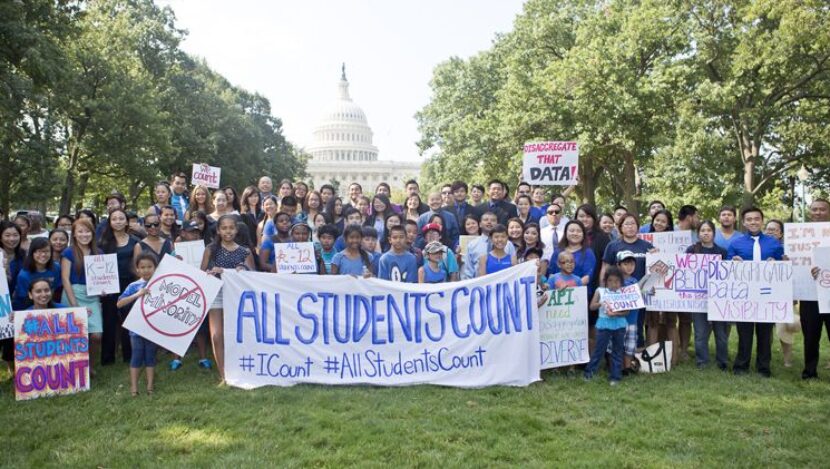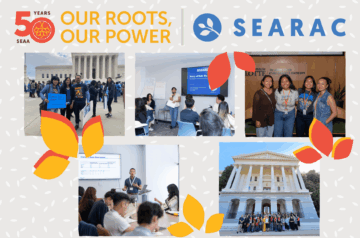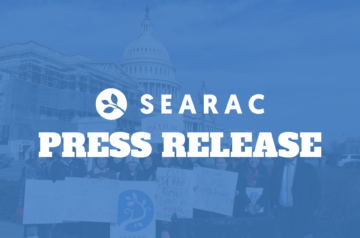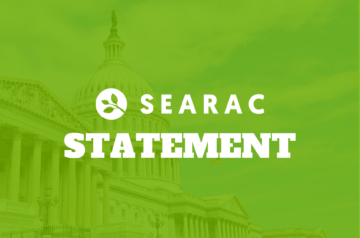All students deserve a quality education.
Southeast Asian American students are often lumped together with other Asian American students, whose overall educational outcomes are much higher than average. Aggregating the data renders SEAA students’ experiences invisible, even as they face significant barriers in education.
Our education policy advocacy aims to increase disaggregated student data, culturally relevant support in schools (including language access and mental health care), mentorship and self-empowerment opportunities, parent/guardian engagement, access and success in higher education, and curricula on Southeast Asian American histories, challenges, and resilience.
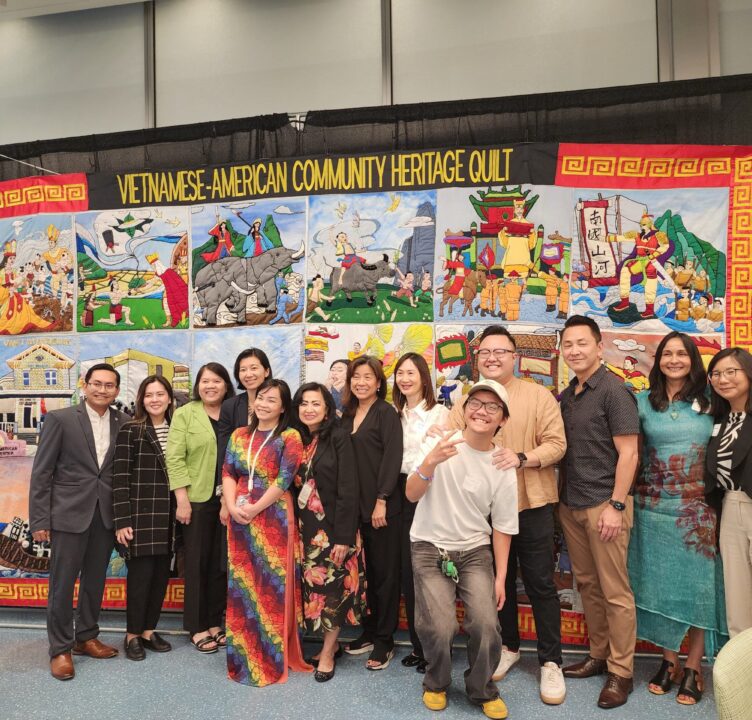
Featured News Story
Model Curricula on Vietnamese, Cambodian, and Hmong Experiences Now Available
Sacramento, CA – SEARAC is thrilled to announce that the website on the California Department of Education’s ethnic studies model curricula on Cambodian American Studies, Hmong History and Cultural…
Read full storyBy the numbers
of Hmong high school graduates have not earned their bachelor’s degree, compared to 32% of Asians overall.
of Cambodian adults aged 25 and older do not have a high school diploma, compared to 13% of Asians overall and 9% of White adults.
of AA and NHPI students are enrolled in Asian American and Native Hawaiian Pacific Islander Serving Institutions (AANAPISIs), but current funding levels are insufficient.

“Ethnic studies reminds us of how ‘Asian American’ emerges not as a mere identity label or census category, but rather as a political identity and project arising out of intersectional, pan-ethnic, anti-imperialist organizing.”
2021 Communications Intern, SEARAC
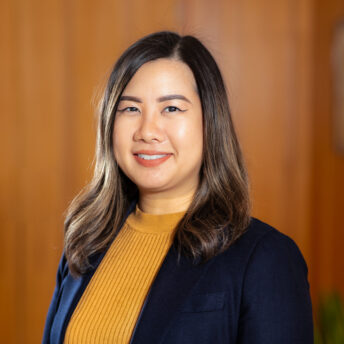
“In order to undo racial inequalities in educational opportunity, we need solutions that address race and racism head on, like affirmative action. And our efforts can’t stop there. We need to invest far more in our school systems so that Southeast Asian American students, and all students of color, have a high quality education – at every level and no matter what path they choose to take. ”
SEARAC board member
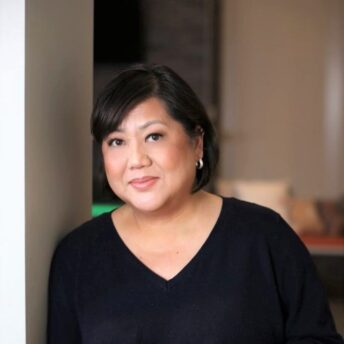
“Our Southeast Asian American communities continue to face persistently higher levels of trauma and poverty and lower levels of matriculation into colleges and universities, where they may continue to face social, financial, and racial barriers. AANAPISIs help to alleviate these barriers by enrolling higher rates of underrepresented groups within AANHPI communities and creating space with opportunities and equity for AANHPIs in mind.”
Former SEARAC Executive Director

